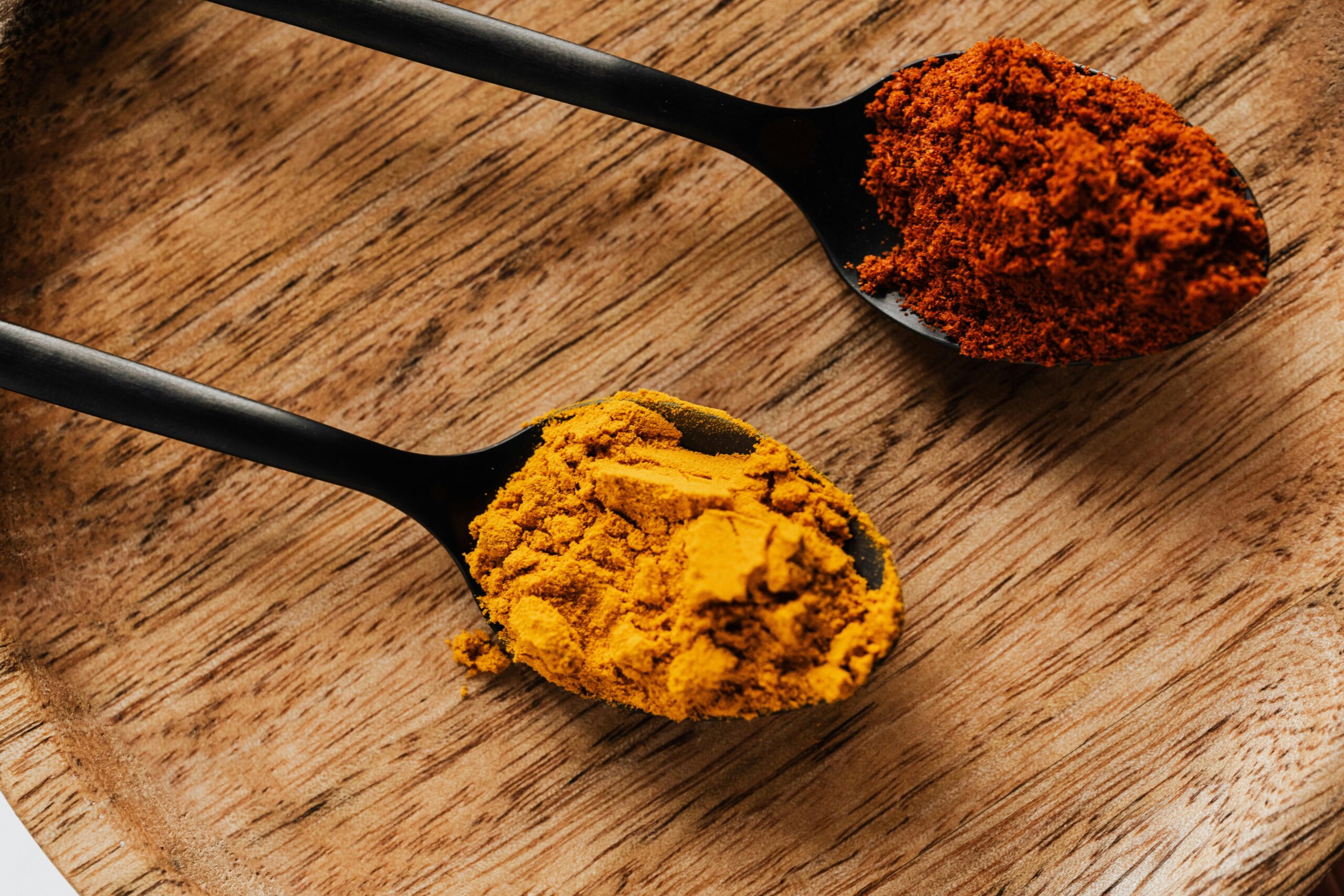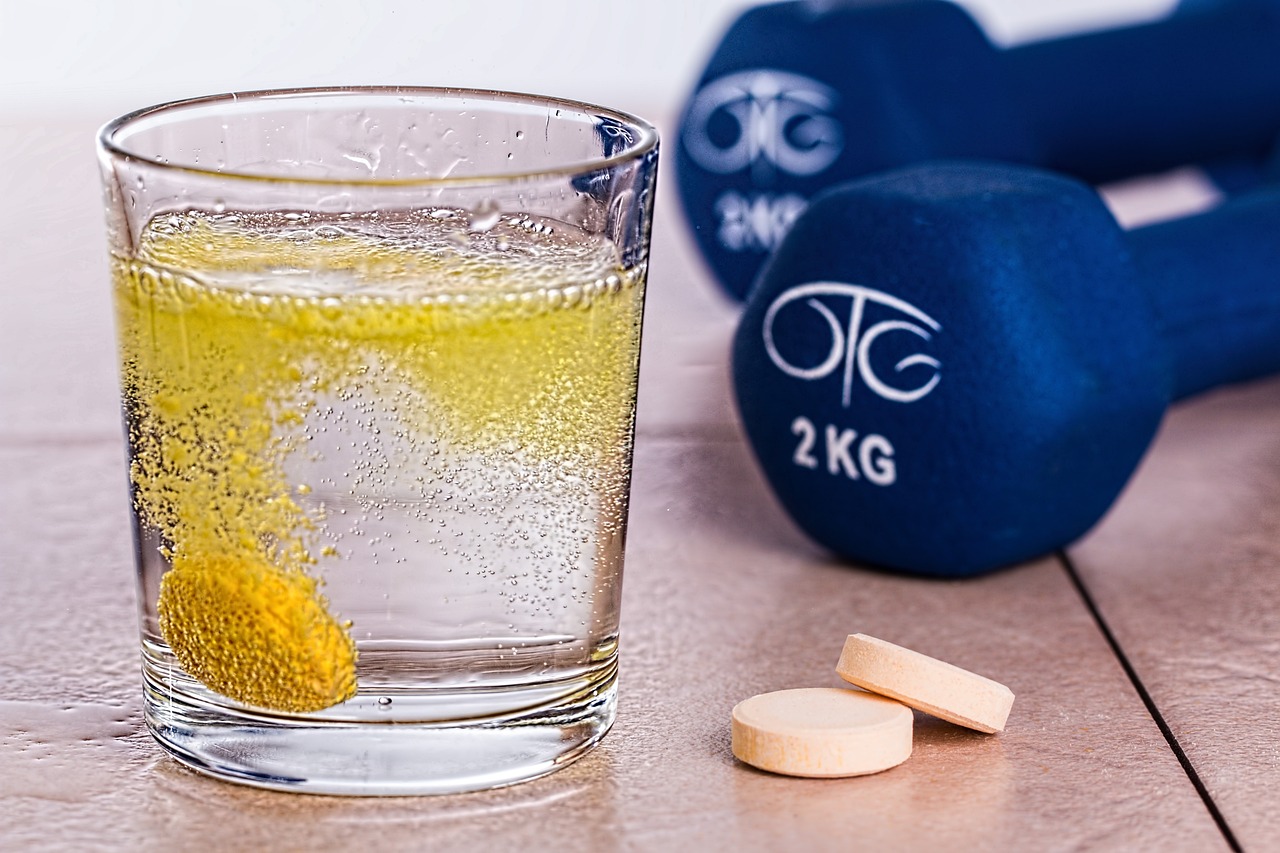Arthritis affects millions globally, leading to chronic pain, stiffness, and inflammation that significantly impact daily life. While conventional treatments often involve medications with side effects, many individuals are seeking natural remedies to manage their symptoms. This guide explores effective natural pain relief options for arthritis, based on scientific research, expert opinions, and personal experiences. From dietary changes to holistic practices, you’ll find a wealth of information to help you manage your condition and improve your quality of life.
Arthritis encompasses a range of conditions, including osteoarthritis (OA) and rheumatoid arthritis (RA), each requiring tailored management strategies. By integrating natural remedies into your daily routine, you can potentially reduce pain, improve mobility, and enhance overall well-being.
Understanding Arthritis
Types of Arthritis
Arthritis is not a single disease but a term that encompasses over 100 different conditions. The most common forms are:
Osteoarthritis (OA):
The most prevalent type, OA is a degenerative joint disease often resulting from wear and tear. It typically affects weight-bearing joints such as the knees, hips, and spine.
Rheumatoid Arthritis (RA):
This autoimmune condition occurs when the immune system mistakenly attacks the joints, leading to inflammation, pain, and eventual joint damage. RA can also affect other organs, making it more complex to manage.
Gout:
A type of inflammatory arthritis caused by the accumulation of uric acid crystals in the joints, leading to sudden and severe pain.
Psoriatic Arthritis:
Associated with the skin condition psoriasis, this type of arthritis can cause joint pain, stiffness, and swelling.
Causes and Risk Factors
While the exact cause of arthritis varies depending on the type, several common factors contribute to its development:
- Genetics: A family history of arthritis can increase the likelihood of developing similar conditions.
- Age: The risk of developing arthritis increases with age, particularly for osteoarthritis.
- Weight: Excess body weight places additional stress on joints, particularly weight-bearing ones.
- Gender: Women are more likely than men to develop certain types of arthritis, including rheumatoid arthritis.
- Previous Injuries: Joint injuries can lead to an increased risk of osteoarthritis later in life.
Symptoms and Diagnosis
Common symptoms of arthritis include:
- Joint pain and tenderness
- Swelling and inflammation
- Stiffness, particularly in the morning or after periods of inactivity
- Reduced range of motion
- Fatigue (more common in inflammatory types like RA)
Diagnosis often involves a combination of physical exams, imaging tests (such as X-rays or MRIs), and blood tests to determine the specific type of arthritis and rule out other conditions.
Top Natural Pain Relief Options
1. Turmeric
Turmeric is renowned for its potent anti-inflammatory properties, largely due to curcumin, its active compound. Research has shown that curcumin can significantly reduce inflammation and pain in arthritis patients. A study published in the Journal of Alternative and Complementary Medicine found that curcumin was more effective than some over-the-counter medications in alleviating osteoarthritis pain.
- How to Use:
- Culinary Uses: Add turmeric powder to meals, smoothies, or teas. Consider golden milk (turmeric latte) as a delicious option.
- Supplements: Look for curcumin supplements that contain black pepper extract (piperine) to enhance absorption.
- Dosage: Typical dosages for curcumin range from 500 to 2,000 mg per day. Consult with a healthcare provider for personalized recommendations.

2. Ginger
Ginger is another spice with powerful anti-inflammatory effects. Studies indicate that ginger can reduce pain and improve function in people with osteoarthritis. The Journal of Pain published a study showing that ginger extract significantly reduced knee pain in participants with arthritis.
- How to Use:
- Tea: Brew fresh ginger tea by steeping sliced ginger in hot water for 10-15 minutes.
- Culinary Uses: Incorporate ginger into stir-fries, soups, smoothies, or baked goods.
- Dosage: A daily intake of 1 to 2 grams of ginger is typically effective. Ginger supplements are also available.
3. Omega-3 Fatty Acids
Omega-3 fatty acids, primarily found in fatty fish like salmon and mackerel, have been shown to reduce joint stiffness and tenderness. A study published in Rheumatology demonstrated that individuals who consumed omega-3 supplements experienced significant reductions in arthritis symptoms.
- How to Use:
- Diet: Aim to eat fatty fish at least twice a week. Incorporate other sources of omega-3, such as walnuts, flaxseeds, and chia seeds.
- Supplements: If you’re not a fish fan, consider taking fish oil or algae oil supplements.
- Dosage: For arthritis management, aim for 1,000 to 2,000 mg of combined EPA and DHA daily.
4. Epsom Salt Baths
Epsom salt, rich in magnesium sulfate, can help reduce inflammation and ease muscle tension. Magnesium has been shown to have anti-inflammatory properties that may be beneficial for arthritis patients. Soaking in Epsom salt can also provide a soothing experience, helping to relax the mind and body.
- How to Use:
- Bath: Dissolve 1-2 cups of Epsom salt in warm bathwater and soak for 15-20 minutes.
- Foot Soak: Use Epsom salt as a foot soak for localized relief, particularly helpful for arthritis in the feet.
- Benefits: The combination of heat and magnesium can alleviate joint stiffness and promote relaxation.
5. Acupuncture
Acupuncture, a traditional Chinese medicine practice, involves inserting thin needles into specific points on the body to relieve pain. Research has indicated that acupuncture can significantly reduce pain and improve function in individuals with arthritis. A systematic review in the Archives of Internal Medicine highlighted its effectiveness compared to sham treatments.
- How to Use:
- Find a Practitioner: Seek a licensed acupuncturist for personalized treatment.
- Sessions: Typically, sessions last 30-60 minutes, and you may require multiple visits for optimal results.
- Mechanism: Acupuncture is believed to stimulate the release of endorphins, the body’s natural painkillers, promoting relaxation and reducing inflammation.
6. Heat and Cold Therapy
Heat therapy can relax muscles and improve blood circulation, while cold therapy can reduce inflammation and numb pain. This dual approach can be particularly effective for arthritis sufferers. A study published in Physical Therapy indicated that patients who alternated between heat and cold experienced greater pain relief than those who used one method alone.
- How to Use:
- Heat: Apply a warm towel or heating pad to stiff joints for 20 minutes.
- Cold: Use ice packs or a bag of frozen vegetables wrapped in a towel for 20 minutes on inflamed areas.
- Benefits: Alternating between heat and cold can help manage both stiffness and swelling, making it a versatile approach to pain relief.
7. Essential Oils
Essential oils, such as lavender, eucalyptus, and peppermint, have anti-inflammatory properties that can help soothe arthritis pain. A study published in Evidence-Based Complementary and Alternative Medicine found that topical application of certain essential oils significantly reduced pain levels in arthritis patients.
- How to Use:
- Massage: Dilute essential oils in a carrier oil (like coconut or olive oil) and massage onto affected areas.
- Diffusion: Use an essential oil diffuser to promote relaxation and relieve pain.
- Safety Note: Always perform a patch test before applying essential oils to check for allergic reactions.
8. Mindfulness and Meditation
Mindfulness practices, including meditation and yoga, can help manage pain perception and improve mental well-being. A meta-analysis published in Pain found that mindfulness meditation significantly reduced pain levels and enhanced quality of life for individuals with chronic pain, including arthritis.
- How to Use:
- Meditation: Dedicate 10-20 minutes daily to mindfulness meditation. Focus on your breath and acknowledge your feelings without judgment.
- Yoga: Consider joining a gentle yoga class to improve flexibility, reduce stress, and alleviate pain.
- Benefits: Mindfulness and meditation can help reduce anxiety and improve coping strategies, essential for managing chronic pain conditions like arthritis.

9. Exercise and Physical Therapy
Regular physical activity can strengthen muscles around joints, improve flexibility, and reduce pain. A systematic review in Arthritis Care & Research showed that exercise significantly improved function and reduced pain in individuals with arthritis.
- How to Use:
- Low-Impact Activities: Engage in walking, swimming, or cycling to minimize joint stress.
- Strength Training: Focus on building muscle strength with resistance exercises tailored to your abilities.
- Consultation: A physical therapist can design a personalized exercise program based on your condition and capabilities.
10. Dietary Changes
Adopting an anti-inflammatory diet can play a crucial role in managing arthritis symptoms. Foods rich in antioxidants, vitamins, and minerals can help reduce inflammation and support overall health. The Mediterranean diet, characterized by high intake of fruits, vegetables, whole grains, and healthy fats, is particularly beneficial for arthritis.
- How to Use:
- Include: Foods like berries, leafy greens, nuts, olive oil, and fatty fish.
- Avoid: Processed foods, sugar, and trans fats, which can exacerbate inflammation.
- Benefits: A balanced diet not only supports joint health but also enhances overall well-being.
11. Supplements (e.g., Glucosamine, Chondroitin)
Supplements like glucosamine and chondroitin are commonly used to alleviate arthritis symptoms. Research indicates that these compounds may help rebuild cartilage and reduce pain. A study in the New England Journal of Medicine showed that glucosamine sulfate was more effective than placebo in treating knee osteoarthritis.
- How to Use:
- Dosage: Consult a healthcare provider for appropriate dosages, typically ranging from 1,500 mg of glucosamine and 1,200 mg of chondroitin daily.
- Consistency: Take supplements regularly for several weeks to gauge effectiveness.
- Caution: Always check with your doctor before starting any new supplement regimen.
12. Herbal Remedies
Herbal remedies, such as boswellia and devil’s claw, have shown promise in reducing arthritis pain and inflammation. Boswellia, in particular, has been studied for its anti-inflammatory properties and its ability to improve joint function.
- How to Use:
- Capsules: Look for high-quality herbal supplements in capsule form.
- Tea: Brew herbal teas for a soothing beverage that may provide relief.
- Consultation: Speak with a healthcare provider before starting any herbal treatments, especially if you’re on other medications.
13. Topical Treatments
Topical treatments, including creams and gels containing capsaicin or menthol, can provide localized pain relief. Capsaicin, derived from chili peppers, has been shown to reduce pain by depleting substance P, a neurotransmitter involved in pain transmission.
- How to Use:
- Application: Apply as directed on the packaging, usually 3-4 times daily.
- Precautions: Wash your hands after application to avoid irritation.
- Effectiveness: Many users report significant relief after regular use of topical treatments.
14. Hydrotherapy
Hydrotherapy, or water therapy, involves exercises performed in warm water to relieve pain and improve joint function. A systematic review found that hydrotherapy can significantly reduce pain and improve mobility in individuals with arthritis.
- How to Use:
- Join a Class: Look for local aquatic exercise classes tailored for arthritis patients.
- At Home: Perform gentle stretches and movements in a warm bath or pool.
- Benefits: The buoyancy of water reduces stress on joints while providing resistance for muscle strengthening.
15. Homeopathy
Homeopathy uses highly diluted substances to stimulate the body’s healing processes. While scientific evidence is limited, some individuals report positive outcomes with homeopathic treatments for arthritis. Consulting with a trained homeopath is essential for proper guidance.
- How to Use:
- Consultation: Discuss your symptoms with a qualified homeopathic practitioner to find tailored remedies.
- Complementary Approach: Use homeopathy alongside conventional treatments for optimal results.
- Caution: Always inform your healthcare provider about any homeopathic remedies you are considering.
Tips for Implementing Natural Remedies
- 1. Start Slowly: Introduce one or two remedies at a time to gauge effectiveness. This approach helps identify which remedies work best for your symptoms.
- 2. Monitor Symptoms: Keep a pain diary to track improvements or reactions to each remedy. Note any changes in pain levels, mobility, and overall well-being.
- 3. Consult Healthcare Professionals: Always check with your doctor or a healthcare provider, especially if you’re on medications. They can help ensure that natural remedies won’t interfere with existing treatments.
- 4. Stay Informed: Research and stay updated on new findings related to arthritis management and natural remedies. Join online forums or support groups for additional insights and support.
- 5. Be Patient: Natural remedies can take time to show effects. Consistency is key, and it’s essential to give each remedy a fair trial before determining its effectiveness.
Section 4: When to Consult a Doctor
While natural remedies can be beneficial, it’s important to know when to seek professional help. Consult a healthcare provider if you experience:
- Severe Pain: Intense or worsening pain that limits daily activities.
- Swelling: Noticeable swelling in the joints that persists or worsens.
- Loss of Mobility: Difficulty in moving joints that impacts your ability to perform everyday tasks.
- Fever or Rash: Unexplained fever, rash, or other systemic symptoms alongside joint pain.
Additionally, if your symptoms do not improve or worsen despite trying these remedies, a medical evaluation is essential. Your doctor can recommend further treatment options, including medication or physical therapy.
Conclusion
Thank you for reading! Exploring natural remedies for arthritis pain can lead to significant relief and a better quality of life. Remember, each person’s experience with arthritis is unique, so what works for one individual may not work for another. Stay patient, be open to trying new remedies, and consult with healthcare professionals when needed.



